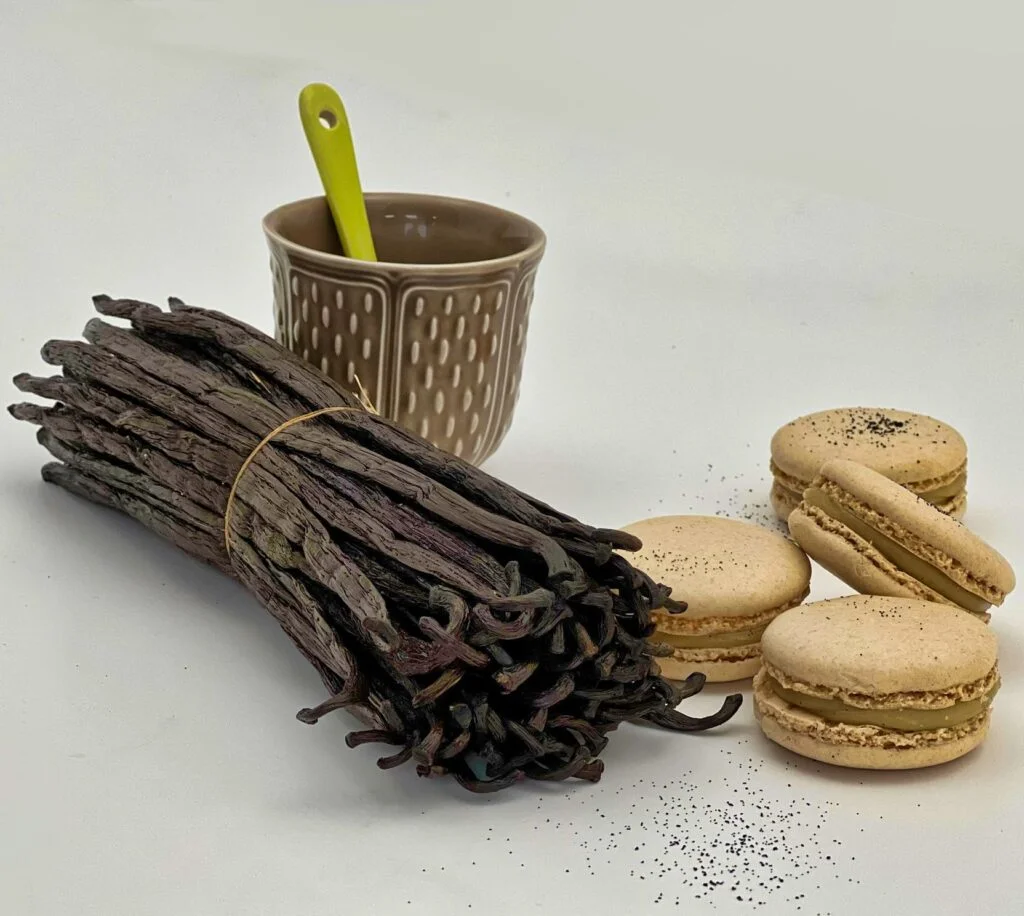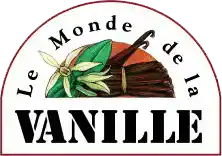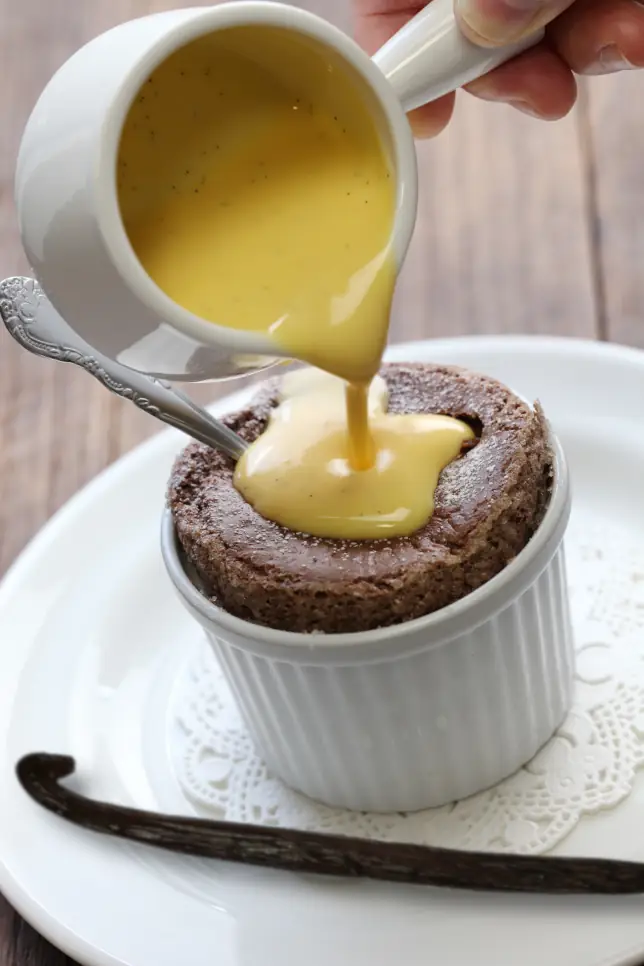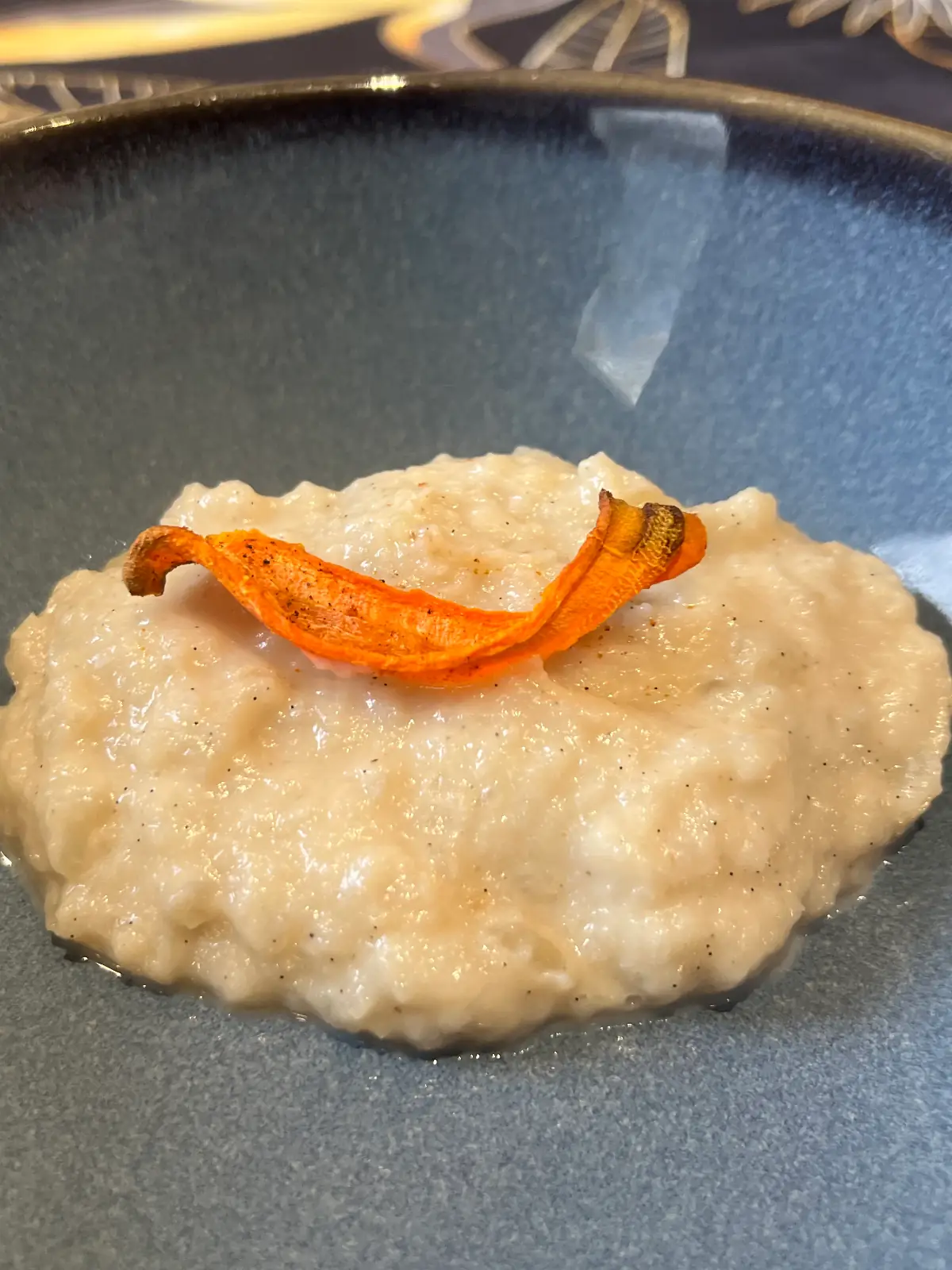How does Vanilla grow? Growing vanilla
The vanilla tree , which can reach fifteen meters in length, is a vine with gnarled green, fleshy, cylindrical, branching stems. They cling by adventitious roots of 2 millimeters in diameter to trees and various supports. The main stem has a diameter of one to two centimeters.
An epiphytic orchid , it can only thrive between 10 and 20° North and South latitude and at an altitude of less than 700 meters. The average temperature should oscillate between 21 and 31°C.
The soil must be well drained to avoid root suffocation and rich in organic matter , the high hydrometry between sun and shade.
The vanilla tree requires support to climb and find shade. In the vanilla groves, small trees are generally planted beforehand, capable of supporting the weight of the vanilla tree later on. These trees are often the pine nut, coffee, avocado, cashew or mango. The term under crop ” is reserved in particular for Indian plantations, which have developed large-scale mixed cultivation of pepper, cashew or coconut with vanilla. Also in India, intensive vanilla plantations known as “vanilla plantations” are still in operation. undershade ” for higher yields of green vanilla.
The leaves are evergreen and green , 15 to 25 centimeters long and 5 to 8 centimeters wide. The trumpet-shaped flowers are light yellow and fragrant. Stamens, style and stigma are united and form the gymnoterm.
The man is essential to convey the pollen on the stigma. The wind has no action given the arrangement of the floral organs. The fruit is an elongated green pod. The pods are grouped together in a “broom” of ten or so fruits of varying lengths, from 10 to 20 centimetres long.
The fruit turns yellow and brown when ripe, at which time it is picked.
Vanilla usually flowers from the third year of planting. Artificial pollination requires daily passage for two to three months.
When fertilization is successful, the fruit reaches its adult size in six weeks but is harvested mature only seven to eight months later. Artificial pollination is carried out by women (the ” matchmakers “) or children using a fine bamboo stylus. A good pollinator performs between 1000 and 1500 pollinations per day.
The fertilization takes place in the morning when the flower blooms because it remains in bloomonly one day. A foot produces 4 to 10 brooms or 40 to 120 pods. With an average yield of 5 kgs of green vanilla for 1 kg of prepared vanilla (see preparation – packaging) a good vanilla plantation produces 500 to 800 kgs of prepared vanilla per hectare and this for an average of 8-9 years ( Malagasy standards) Propagation is usually done by transplanting lianas of about 1 to 1 1/2 meters in length.
Botany about vanilla
Out of about a hundred species listed and more or less localized, three have been historically retained as a source of natural vanillin.
Vanilla Pompona Shiede
Present mainly in tropical America, Brazil, Guyana, cultivated in the West Indian zone (Martinique, Guadeloupe, Trinidad). Vanilla with a very low yield, its cultivation was very quickly abandoned.
It is better known as ” vanillon ” or ” vanilla banana ” with a production of a few hundred kilos per year. The pods are short with an average length of 10 to 12 cm and 1 to 3 cm wide.
Fragrant principle: VANILLIN

Vanilla Tahitentis Moore:
Introduced to Polynesia in 1848 by Admiral F. Hamelin. In the 1950s, French Polynesia was the world’s 2nd-largest vanilla producer, behind Madagascar, with 200 tons. However, due to changes in global production structures and the dissuasive cost of labor, production of this spice has steadily declined, stabilizing at just a few tons per year.
In addition, a low vanillin content and a strongly aniseed aroma have simultaneously diverted the user Industries to the benefit of Bourbon or Indonesian vanilla.
Tahitian vanilla is mainly used in perfumery in the form of extracts and in “mouth” beans for pastries.
Fragrant principle : HELIOTROPIN & VANILLIN
Vanilla Planifolia or Vanilla Fragrans Introduced at the end of the 19th century in the Indian Ocean.
It is the most produced and marketed in the world and grows in Madagascar in Comoros It is grown in Madagascar, Reunion Island (Bourbon name for these three origins), but also in India, Indonesia, Papua New Guinea as well as in Uganda, Mexico, its country of origin and in Tonga.






